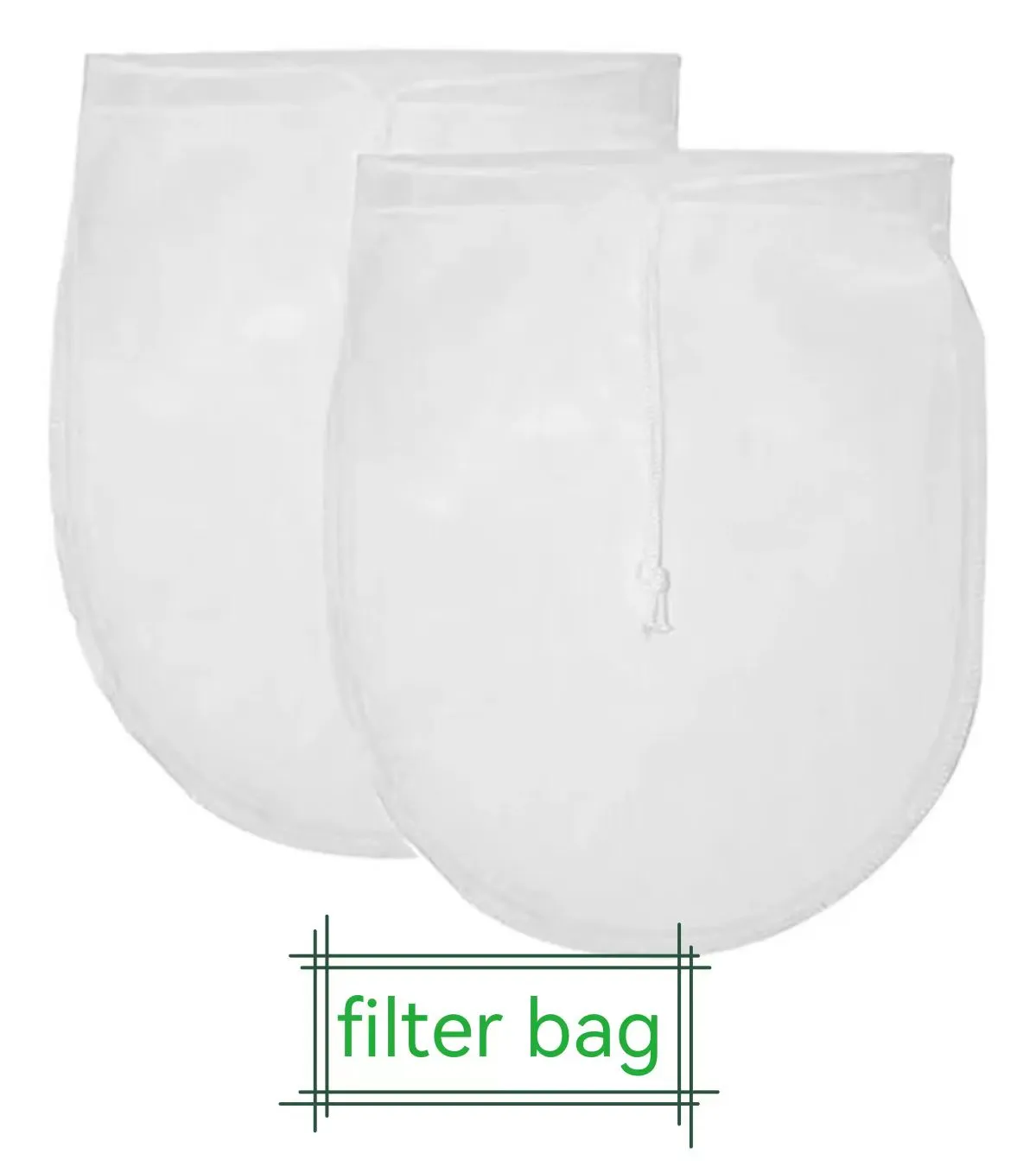-
 Afrikaans
Afrikaans -
 Albanian
Albanian -
 Amharic
Amharic -
 Arabic
Arabic -
 Armenian
Armenian -
 Azerbaijani
Azerbaijani -
 Basque
Basque -
 Belarusian
Belarusian -
 Bengali
Bengali -
 Bosnian
Bosnian -
 Bulgarian
Bulgarian -
 Catalan
Catalan -
 Cebuano
Cebuano -
 China
China -
 Corsican
Corsican -
 Croatian
Croatian -
 Czech
Czech -
 Danish
Danish -
 Dutch
Dutch -
 English
English -
 Esperanto
Esperanto -
 Estonian
Estonian -
 Finnish
Finnish -
 French
French -
 Frisian
Frisian -
 Galician
Galician -
 Georgian
Georgian -
 German
German -
 Greek
Greek -
 Gujarati
Gujarati -
 Haitian Creole
Haitian Creole -
 hausa
hausa -
 hawaiian
hawaiian -
 Hebrew
Hebrew -
 Hindi
Hindi -
 Miao
Miao -
 Hungarian
Hungarian -
 Icelandic
Icelandic -
 igbo
igbo -
 Indonesian
Indonesian -
 irish
irish -
 Italian
Italian -
 Japanese
Japanese -
 Javanese
Javanese -
 Kannada
Kannada -
 kazakh
kazakh -
 Khmer
Khmer -
 Rwandese
Rwandese -
 Korean
Korean -
 Kurdish
Kurdish -
 Kyrgyz
Kyrgyz -
 Lao
Lao -
 Latin
Latin -
 Latvian
Latvian -
 Lithuanian
Lithuanian -
 Luxembourgish
Luxembourgish -
 Macedonian
Macedonian -
 Malgashi
Malgashi -
 Malay
Malay -
 Malayalam
Malayalam -
 Maltese
Maltese -
 Maori
Maori -
 Marathi
Marathi -
 Mongolian
Mongolian -
 Myanmar
Myanmar -
 Nepali
Nepali -
 Norwegian
Norwegian -
 Norwegian
Norwegian -
 Occitan
Occitan -
 Pashto
Pashto -
 Persian
Persian -
 Polish
Polish -
 Portuguese
Portuguese -
 Punjabi
Punjabi -
 Romanian
Romanian -
 Russian
Russian -
 Samoan
Samoan -
 Scottish Gaelic
Scottish Gaelic -
 Serbian
Serbian -
 Sesotho
Sesotho -
 Shona
Shona -
 Sindhi
Sindhi -
 Sinhala
Sinhala -
 Slovak
Slovak -
 Slovenian
Slovenian -
 Somali
Somali -
 Spanish
Spanish -
 Sundanese
Sundanese -
 Swahili
Swahili -
 Swedish
Swedish -
 Tagalog
Tagalog -
 Tajik
Tajik -
 Tamil
Tamil -
 Tatar
Tatar -
 Telugu
Telugu -
 Thai
Thai -
 Turkish
Turkish -
 Turkmen
Turkmen -
 Ukrainian
Ukrainian -
 Urdu
Urdu -
 Uighur
Uighur -
 Uzbek
Uzbek -
 Vietnamese
Vietnamese -
 Welsh
Welsh -
 Bantu
Bantu -
 Yiddish
Yiddish -
 Yoruba
Yoruba -
 Zulu
Zulu
concrete reinforcement steel mesh
Understanding Concrete Reinforcement Steel Mesh A Key Component in Structural Integrity
Concrete is one of the most widely used building materials in the construction industry, revered for its strength, durability, and versatility. However, concrete is inherently weak in tension, which can lead to cracking and structural failure if not properly reinforced. This is where concrete reinforcement steel mesh comes into play, serving as a crucial component for enhancing the tensile strength and overall performance of concrete structures.
What is Concrete Reinforcement Steel Mesh?
Concrete reinforcement steel mesh, often simply referred to as steel mesh or wire mesh, consists of a network of steel wires that are woven together to form a grid-like structure. These mesh sheets are typically made from high-strength steel and can vary in shape, size, and wire diameter depending on their intended application. The mesh is placed within the concrete before it sets and hardens, embedding it in a way that allows for even distribution of tensile forces throughout the cured concrete.
Why is Reinforcement Necessary?
The main purpose of reinforcement in concrete is to ensure that the material can withstand tensile stress. When forces are applied to a concrete structure—such as in building foundations, floors, or pavements—tension can cause cracks to form. These fissures can compromise the integrity and longevity of the structure, leading to costly repairs and potentially dangerous situations. Reinforcement steel mesh acts as a safeguard against such weaknesses, allowing concrete to better handle tensile and flexural loads.
Applications of Steel Mesh in Construction
Concrete reinforcement steel mesh is prevalent in various construction applications. It is commonly used in
1. Slabs The mesh is widely used in concrete slabs for residential, commercial, and industrial buildings. It helps distribute loads evenly and minimizes cracking. 2. Pavements and Roads Steel mesh reinforcement plays a vital role in the construction of highways and airport runways, where it supports heavy traffic loads and enhances durability.
3. Walls and Foundations Reinforced concrete walls and foundations benefit from the added strength provided by steel mesh, ensuring stability and resistance to shifting soils.
concrete reinforcement steel mesh

4. Bridges In bridge construction, the use of steel mesh is essential for maintaining structural integrity under dynamic loads and environmental factors.
Benefits of Using Steel Mesh
The incorporation of concrete reinforcement steel mesh offers several significant benefits
- Increased Strength Steel mesh increases the tensile strength of concrete, allowing it to withstand greater loads and reducing the likelihood of cracks.
- Cost-Effective While there is an initial investment in mesh materials, the long-term benefits of enhanced structural integrity can lead to savings in maintenance and repairs.
- Ease of Installation Steel mesh is relatively easy to handle and integrate within the concrete pouring process, allowing for efficient construction practices.
- Versatility Available in various specifications, steel mesh can be tailored to meet the needs of different construction projects and conditions.
Conclusion
Concrete reinforcement steel mesh plays an indispensable role in modern construction, helping to overcome the natural limitations of concrete as a building material. By reinforcing concrete with steel mesh, engineers and builders can enhance the structural integrity of their projects, ensuring longevity, safety, and performance. As the construction industry continues to evolve, the importance of such reinforcement techniques will only grow, making a solid understanding of materials like steel mesh essential for anyone involved in building and design.
-
Shipping Plastic Bags for Every NeedNewsJul.24,2025
-
Safety Netting: Your Shield in ConstructionNewsJul.24,2025
-
Plastic Mesh Netting for Everyday UseNewsJul.24,2025
-
Nylon Netting for Every UseNewsJul.24,2025
-
Mesh Breeder Box for Fish TanksNewsJul.24,2025
-
Expanded Steel Mesh Offers Durable VersatilityNewsJul.24,2025











